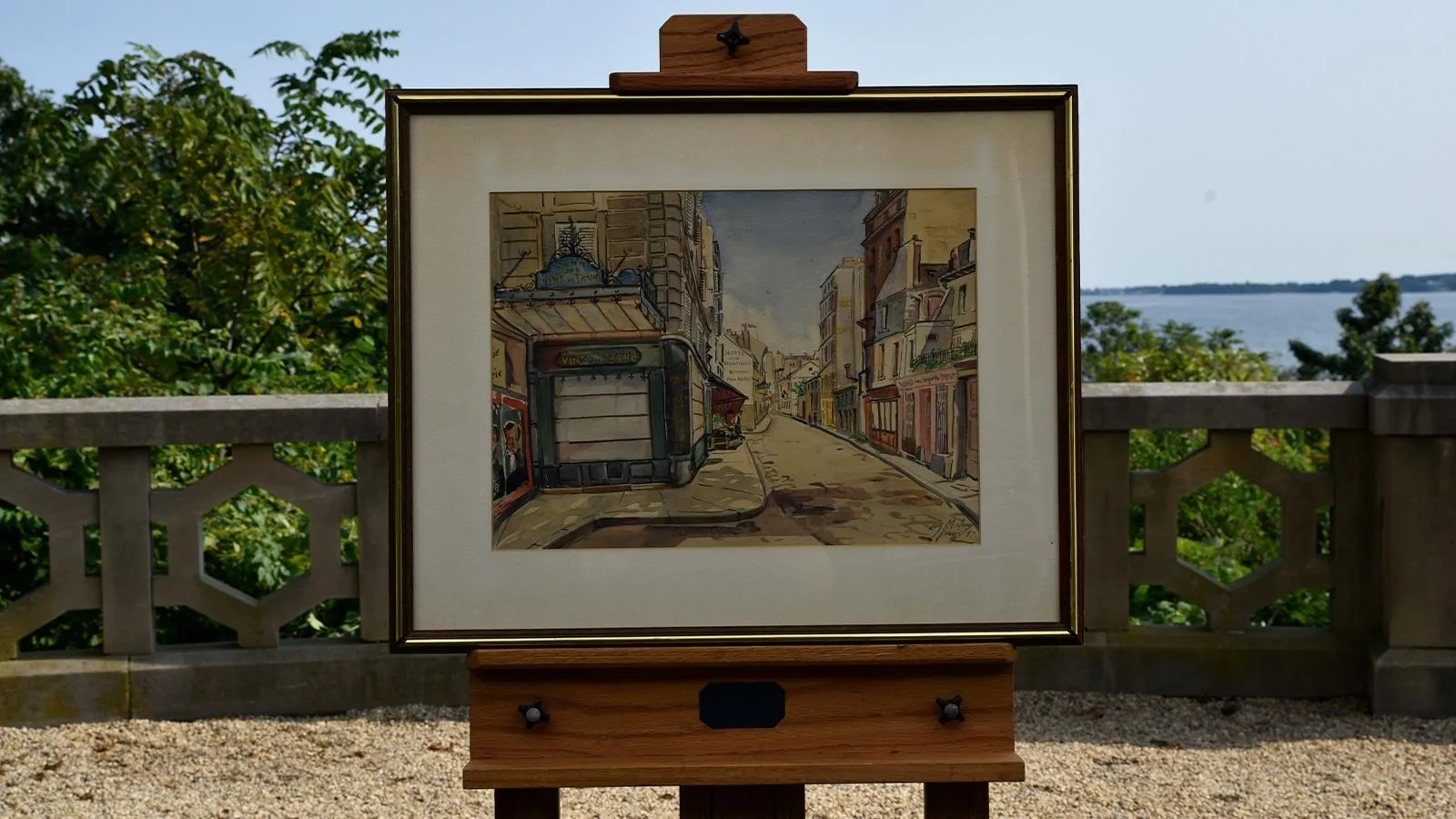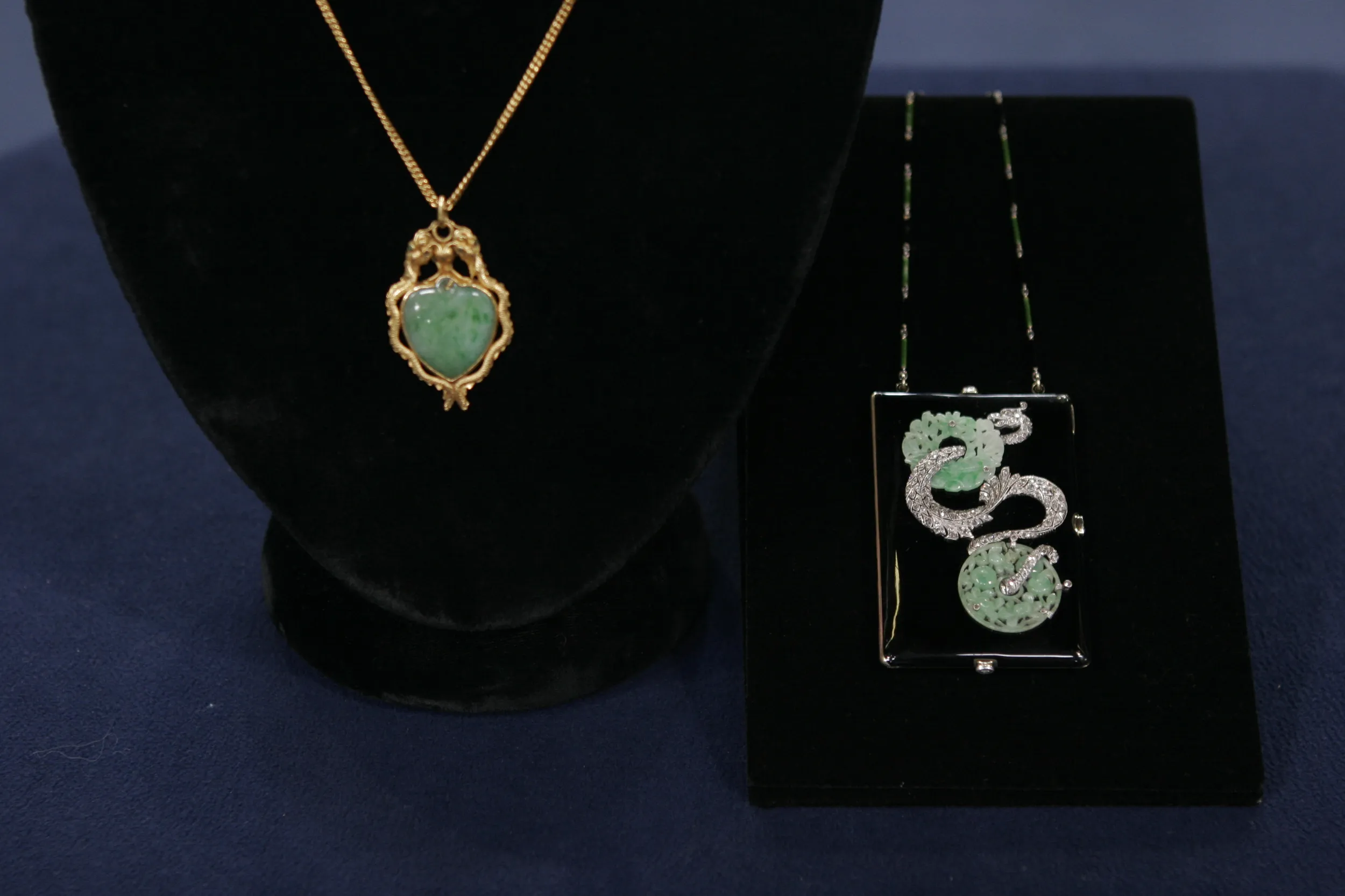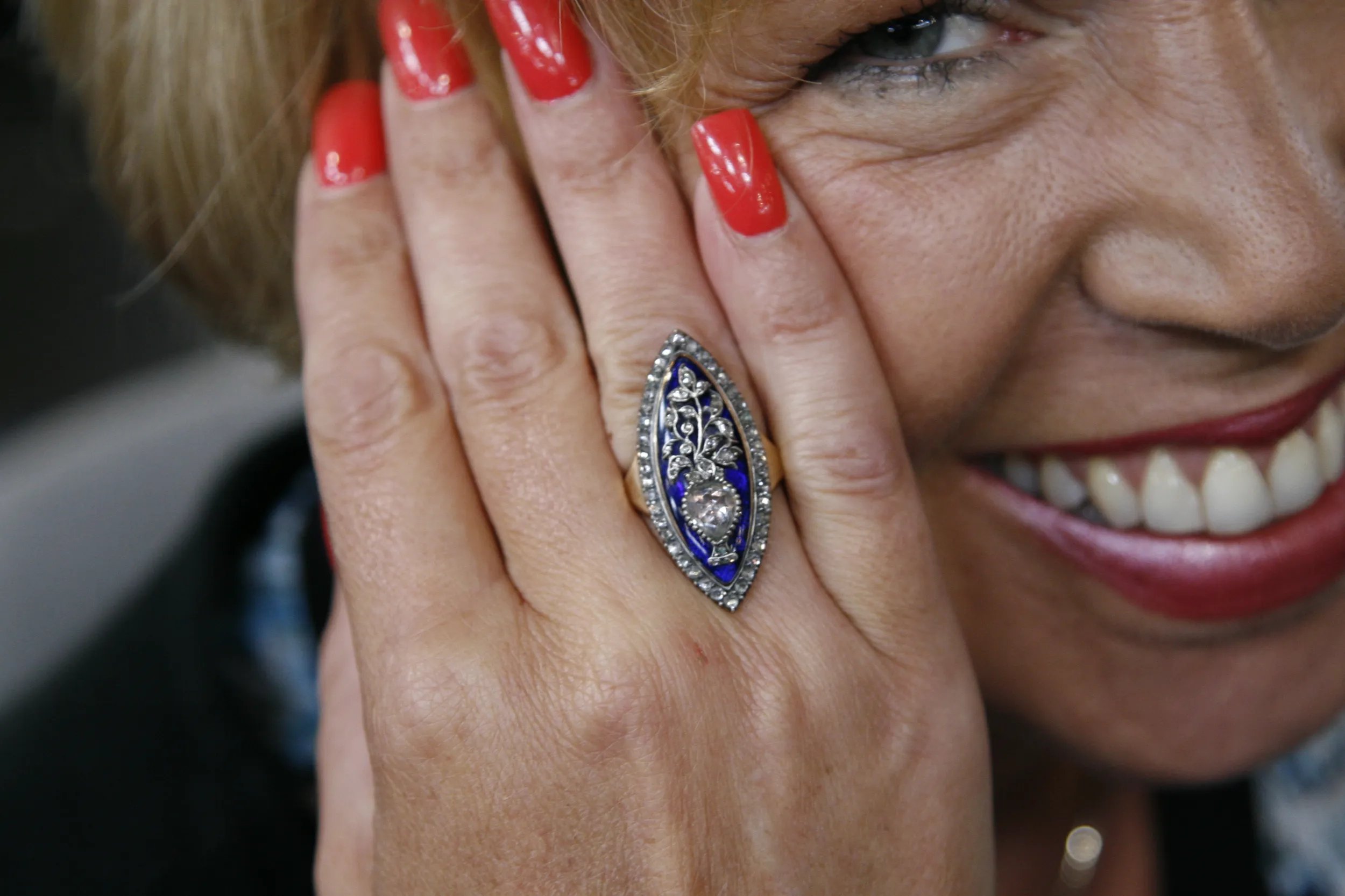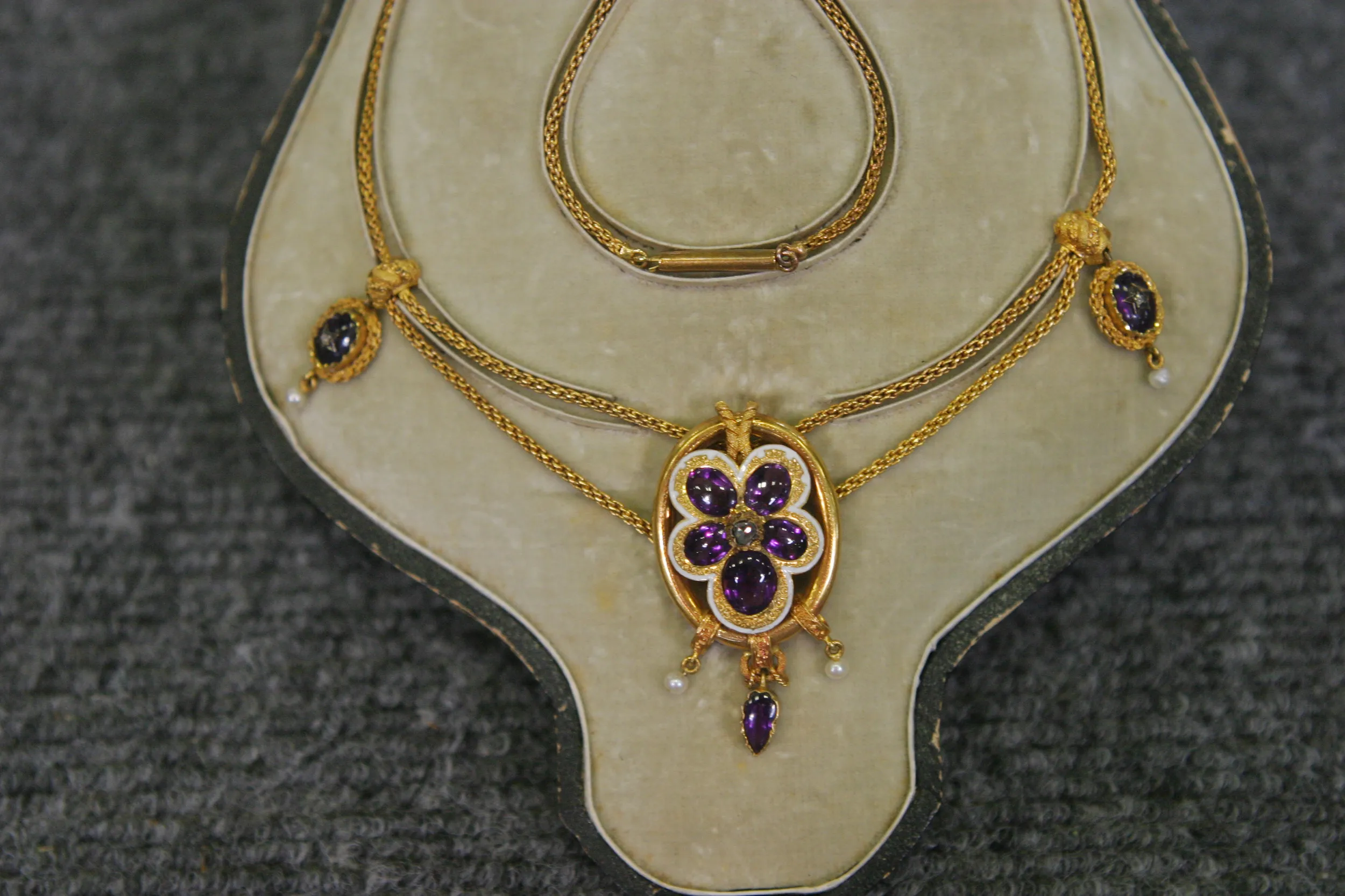GUEST: I got this set a couple of years ago in Wichita, Kansas, from the estate of a man that apparently worked at the Hong Kong Consulate Office about late '70s, early '80s, as told to me by the relatives. I've got one, I believe, jade Chinese seal and three soapstone Chinese seals.
APPRAISER: And do you mind me asking how much you might have paid?
GUEST: About $700 for the set.
APPRAISER: There's a long history of seals being used both in Asia and in the, the Near East and Far East and elsewhere. In relation to seals and the use in China, seals had an origin in being a imperial mark of authority. Later, in the 18th and 19th century, as literacy rose, so did the popularity of seals in China. As I turn this over, you'll see the residue of the cinnabar resin paste. You put the paste on the document and then impress the paste with the seal. How much do you think these may be worth?
GUEST: $701?
APPRAISER: $701. Let's hope so.
GUEST: (laughing)
APPRAISER: Profit's a profit. This is dated 1909. So people have the confidence in buying an antique. The seal is well-carved. The animals are charming. I would think that alone would probably be $1,000 to $1,500.
GUEST: Okay.
APPRAISER: The agate seal with the charming little rats or mice is carved in a cameo effect, which, two colors in contrast...
GUEST: Okay.
APPRAISER: That would probably be around $1,500 to $2,000, as well.
GUEST: That's good.
GUEST: Oh, wow.
APPRAISER: This is probably the least interesting. Although I think the cicadas are wonderful. I think it's probably worth about $400 to $600, $500 to $800 at auction.
GUEST: Okay.
APPRAISER: And lastly, the jade seal would be around $1,000 to $1,500.
GUEST: Okay. Okay... (murmurs)
APPRAISER: So, a really nice object, but I think probably into a contemporary period, 1909, 1920s.
GUEST: Mm-hmm. Okay.
APPRAISER: A nice seal, a nice collection overall.
GUEST: I appreciate it.












